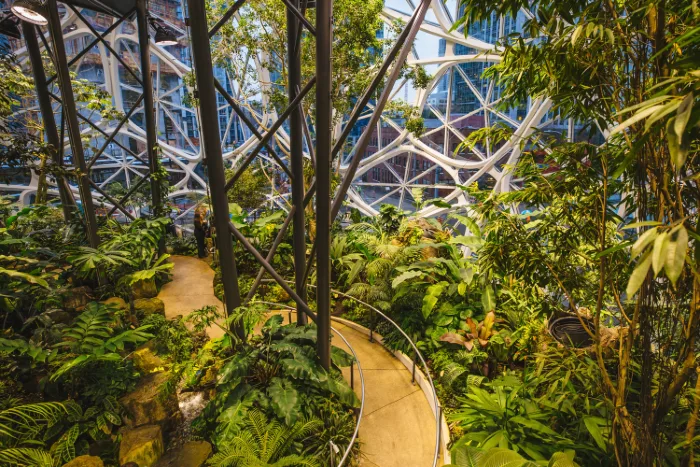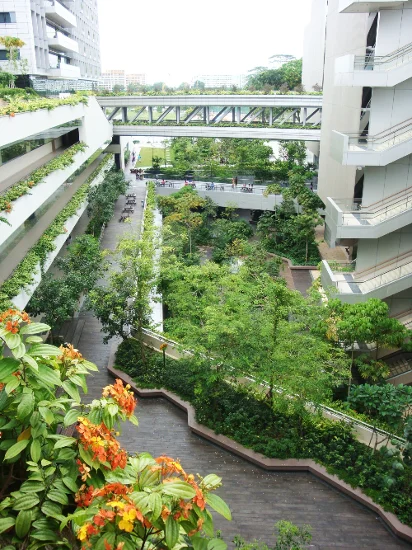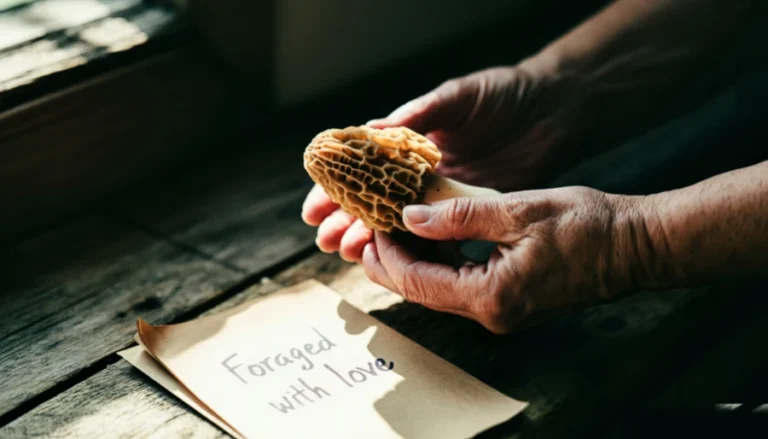Biophilic design is a concept that seeks to reconnect people with nature by incorporating natural elements and patterns into the built environment. With its focus on creating harmony between human beings and the natural world, biophilic design has gained significant attention in architecture and interior design.
This article delves into the history, examples, benefits, advantages, and notable adopters of biophilic design, highlighting its transformative potential in enhancing our living and working spaces.
The History of Biophilic Design
The roots of biophilic design can be traced back to the 1980s, when biologist Edward O. Wilson introduced the concept of biophilia—the innate human affinity for nature.
Wilson argued that humans have an instinctive need to connect with the natural world for their physical and mental well-being. Inspired by this idea, architects and designers started integrating natural elements into their projects, leading to the birth of biophilic design.
Examples of Biophilic Design
Biophilic design can take various forms, from incorporating living green walls and rooftop gardens to using natural materials, such as wood and stone, in construction.
Additionally, designs that maximize natural light, ventilation, and views of nature contribute to a biophilic environment. Examples of biophilic design can be seen in numerous projects around the world:

The Amazon Spheres (Seattle, USA)
This futuristic workspace consists of three interconnected glass domes filled with thousands of plants, creating a mini rainforest within an urban setting.

The Bosco Verticale (Milan, Italy)
These “vertical forests” feature high-rise residential towers adorned with trees and shrubs on multiple balconies, providing occupants with green views and improved air quality.

The Gardens by the Bay (Singapore)
This iconic park showcases giant Supertrees—artificial tree-like structures covered in living plants—and houses two vast glass conservatories showcasing diverse ecosystems.

Benefits and Advantages of Biophilic Design
Improved Well-being: Studies have shown that exposure to nature reduces stress, improves mood, and enhances overall well-being. Biophilic design creates a sense of calmness and serenity, promoting mental and physical health.
Increased Productivity: Incorporating biophilic elements in workplaces has been linked to increased productivity, creativity, and concentration among employees. Access to natural light and greenery boosts cognitive performance and reduces fatigue.
Environmental Sustainability: Biophilic design encourages sustainability by integrating renewable materials and energy-efficient technologies. This approach reduces energy consumption, minimizes waste, and fosters a deeper connection with the natural world.
Notable Adopters of Biophilic Design
Khoo Teck Puat Hospital (Singapore)
This healthcare facility integrates healing gardens, natural light, and eco-friendly water features to create a soothing environment that aids patient recovery, along with environmentally sustainable design and energy-efficient measures and technologies to reduce its energy consumption. The hospital also uses rainwater harvesting systems to collect and reuse rainwater for non-potable purposes such as irrigation and flushing toilets.
The hospital was officially opened in June 2010.
More To Discover
- Italy’s Old Oil Refinery Reborn as Renewable Energy Park
- How Leftover Coffee is Supercharging Green Building (Read it Scientifically or Keep it Fun)
- Australia’s Coffee-Concrete: 30% Stronger Pavement With Recycled Coffee Grounds
- Electric Scooter Concept Aims to Overcome EV Challenges with Automated Battery Swap System

Apple Park (Cupertino, USA)
Apple’s headquarters features a ring-shaped building surrounded by lush landscaping, incorporating native plants and environmentally sustainable design principles.
Phipps Conservatory and Botanical Gardens (Pittsburgh, USA)
This LEED-certified building combines sustainable features with extensive botanical gardens, showcasing the possibilities of biophilic design.
Biophilic design has emerged as a powerful approach to architecture and interior design, revolutionizing the way we interact with our surroundings.
By embracing the principles of biophilia and integrating natural elements, we can create spaces that enhance our well-being, productivity, and connection to the environment. With notable adopters and a growing body of research supporting its effectiveness, biophilic design offers a path towards sustainable, harmonious, and inspiring built environments.
By prioritizing our innate connection to nature, we can shape a future where buildings and nature coexist in perfect harmony.




















